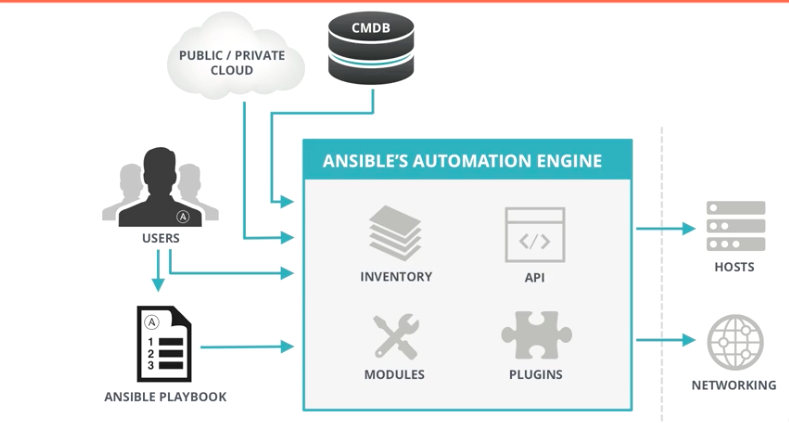Ansible for Devops

All my ansible code which is mentioned in this article is in my github repo in below link just download and run it in your own machine. Link is i.e. Ansible4devops Ansible is a IT automation tool useful to build and deploy from servers to applications to monitoring. let's say end-to-end IT automation tool. Unlike other automation tools like puppet,chef etc, Ansible doesn't need any agent setup in client side. Only thing ansible needs is python, by default all Linux flavours has python by default and Ansible works over SSH-KEYGEN exchange from control server to target server. Most importantly it easy to implement and understand. This blog is for how to work effectively with Ansible which will help to solve your day-2-day problem in IT. Install Ansible Assuming if you already have python in your Linux box.(Comes with OS itself :) ) In order to install ansible just do #yum install ansibl...


